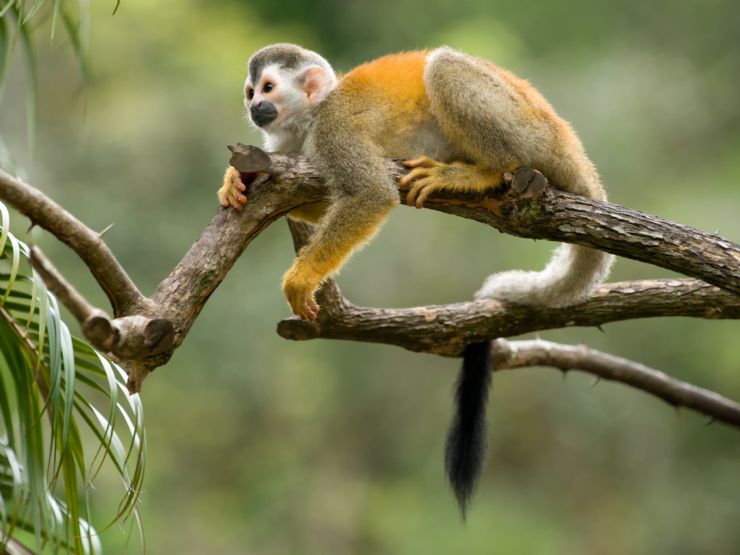
Squirrel Monkey relaxing in tree
My home country of Costa Rica is a wonderful place that many species call home. So many species call it home, in fact, that Costa Rica is famous for being one of the most "wild" countries in the world. I'm happy to share my home with species that are common, uncommon, native, and endangered. While this is an awesome reputation to have, I worry that it also comes with some high expectations. The thing about Costa Rica is that, as a country, we believe in preserving the natural land, and allowing the animals to live in their natural environment. Because of this, it isn't guaranteed that every tourist is going to be able to see every animal that they want to see. Sometimes, if the timing is just all wrong, there may not be lots of wildlife around. I'm always sad to meet a tourist that seems disappointed because they didn't get to see a lot of animals or wildlife - mostly because there are so many other things to appreciate in my homeland! However, if seeing as many animals as you can is your ultimate Costa Rica bucket list, then keep reading to find my picks of the wildest spots in Costa Rica, where you are most likely to see Costa Rica's animals. Good luck on your next adventure!
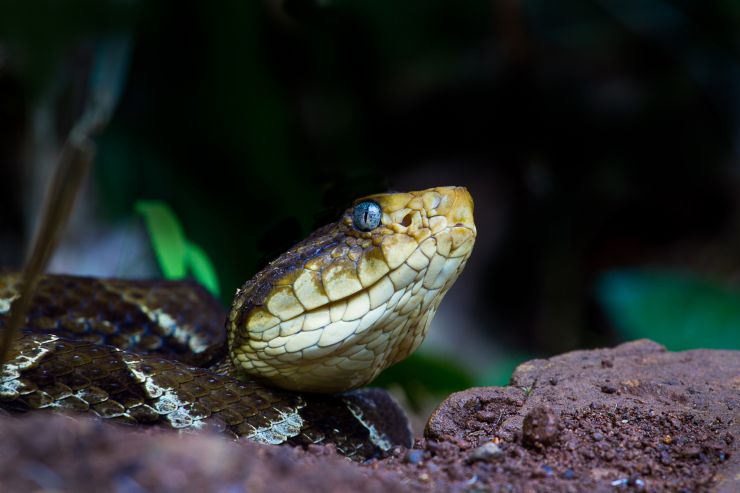
Fer-de-Lance Snake in Corcovado National Park
1. Corcovado National Park
If your stay in Costa Rica includes a trip to the Osa Peninsula's Corcovado National Park, then you are sure to find the wild animals you are looking for. This area, which covers 41,000 hectares, is largely untamed, and has been described has one of the planet's most biologically intense locations. This spot can sure deliver when it comes to a display of wildlife - including a large number of endangered animals. Thought the park is remote, its isolation doesn't stop tourists from coming for a hike or an adventure. Even though tourist traffic is high, the area remains mostly undisturbed, and remains a safe haven for all of the local animals. A guided hiking tour is the best way to see the park and to spot all the animals, including poison arrow frogs, pumas, sea turtles, and the harbor squirrel monkey.
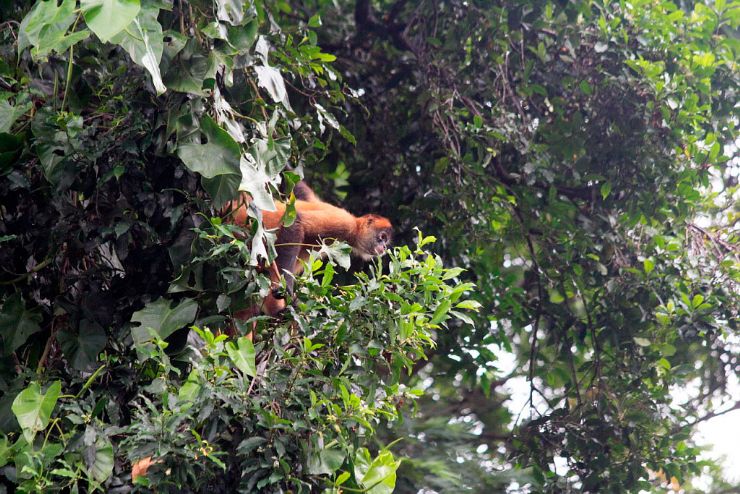
Jumping Spider Monkey
2. Tortuguero National Park
While Tortuguero National Park is one of the world's most important sea turtle nesting locations, it is also an area that is rich in wildlife diversity. Stunning as a backdrop, this park is home to amphibians, reptiles, mammals, and birds. Some of the incredible animals you can see at Tortuguero include monkeys, macaws, and jaguars; along with some more common animals like sloths, lizards, otters, bats, and crocodiles. Tortuguero National Park is an important wildlife protection area that encompasses 19,000 hectares, with a strip of 22 miles of beach included. The park's weather throughout the year consists of humidity and rain. I recommend that you come visit during the drier months: February, April, and November. During your visit to the park, you'll have the amazing opportunity to experience various ecological habitats, which is one of the things that makes Costa Rica so unique. At Tortuguero, you can find evergreen forests, swamps, and coastal shrubs.
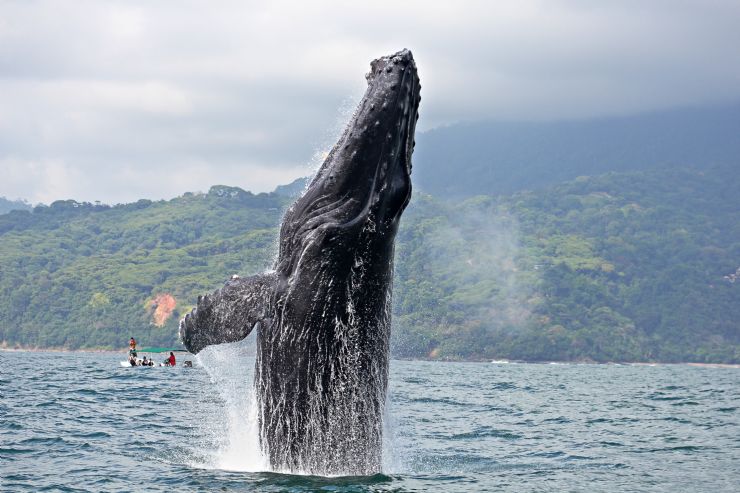
Spectacular Humpback Whale breaching
7 Days / 6 Nights
Starting at $779 per person
3. Marino Ballena National Park
I will never tire of going to Marino Ballena National Park. This park is unique because it protects ocean, instead of land. While a few miles of coastline are technically included in the park, it was established primarily to protect 13,000 acres of ocean. The park is an area that gets high tourist traffic, but it is also far from the everyday life of the Ticos. Here, you'll get a view of Costa Rica that is free from over-commercialization, and rich in wildlife. The park includes many ecosystems as well, from mangrove forests to coral reefs. The water is filled with any diverse creatures, and the most amazing part is that about 85 of the species of creatures are native to the area. If you want to see some large animals, I recommend going whale watching! If you want to be surrounded in a type of beauty that you don't see every day, take up snorkeling. With the coral reef, you are sure to see all kinds of marine life.
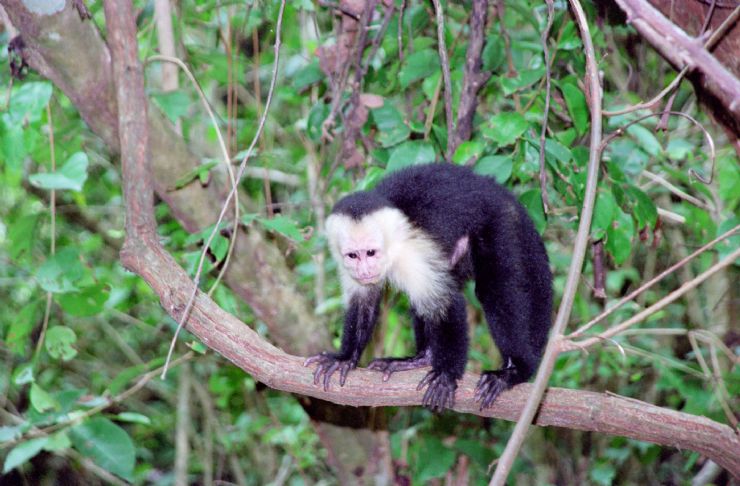
White Faced (Capuchin) Monkey
4. Manuel Antonio National Park
Thousands of tourists a year can't be wrong, and what they are saying is that Manuel Antonio National Park I the place to be! This area has the highest tourist traffic in Costa Rica each year, but don't worry, it's not so crowded that you can't enjoy your visit or see all the wildlife that you can handle. Though the park is smaller than some of the others in Costa Rica at just 682 hectares, its beauty and wildlife will not disappoint. When you visit Manuel Antonio National Park, prepare to pull out your camera to capture birds, sloths, macaws, armadillos, and more. The park also includes coastline, so you aren't restricted to land and air animals. If you go snorkeling in the offshore coral reef, you are sure to see some stunning marine life. To see the land and air wildlife, you should take a hike. There are awesome trails within the park, and your guide can help you see animals, and just some stunning natural views.
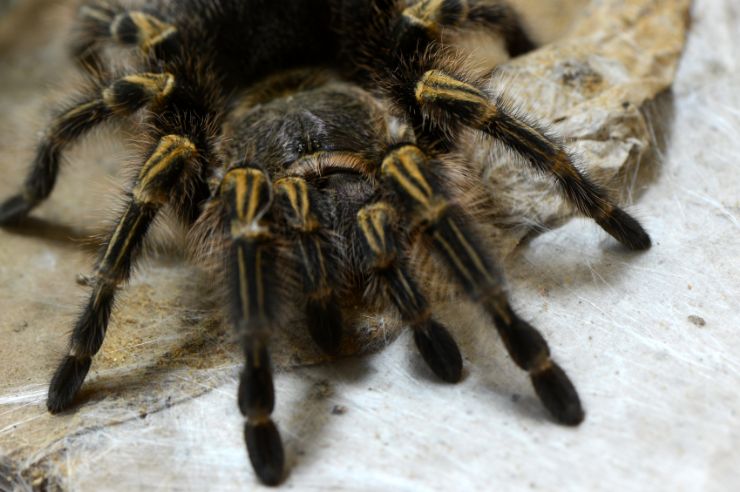
Zebra Tarantula in Palo Verde National Park
5. Palo Verde National Park
If you're a bird person, then I highly recommend that you hop on over to Palo Verde National Park. This park is located on the Tempisque River, and these banks are home to some of Costa Rica's most native wildlife. This park is not only beautiful, it is also large, spanning 45,492 acres. This park protects land that is an important site for migratory birds, and the park ecosystems include forests, grasslands, and lagoons; making an ideal atmosphere for aquatic birds. If you want to have the best visibility of the amazing birds that live in this area, you should visit during the first of the year, or before May. This is the dry season, so there is less vegetation blocking your views of the birds. There are more than just birds in the park, too, of course, including animals like monkeys (howler and capuchin species), and deer.
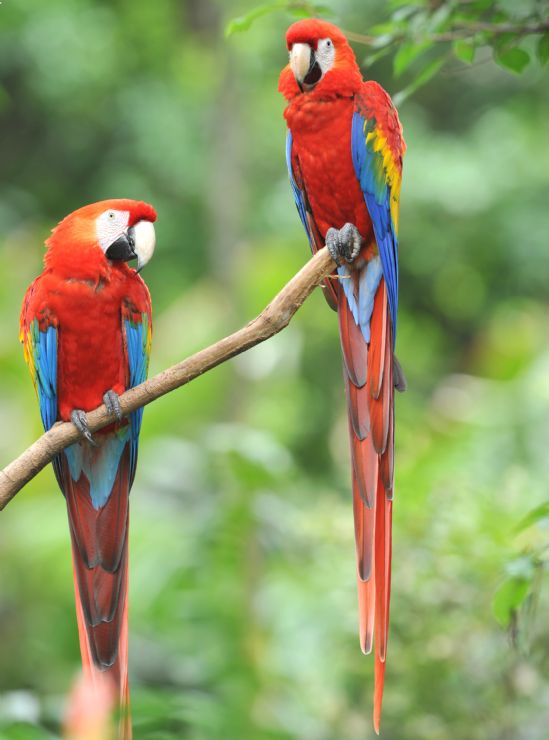
A pair of Scarlet Macaws (Ara macao) in Palo Verde National Park

